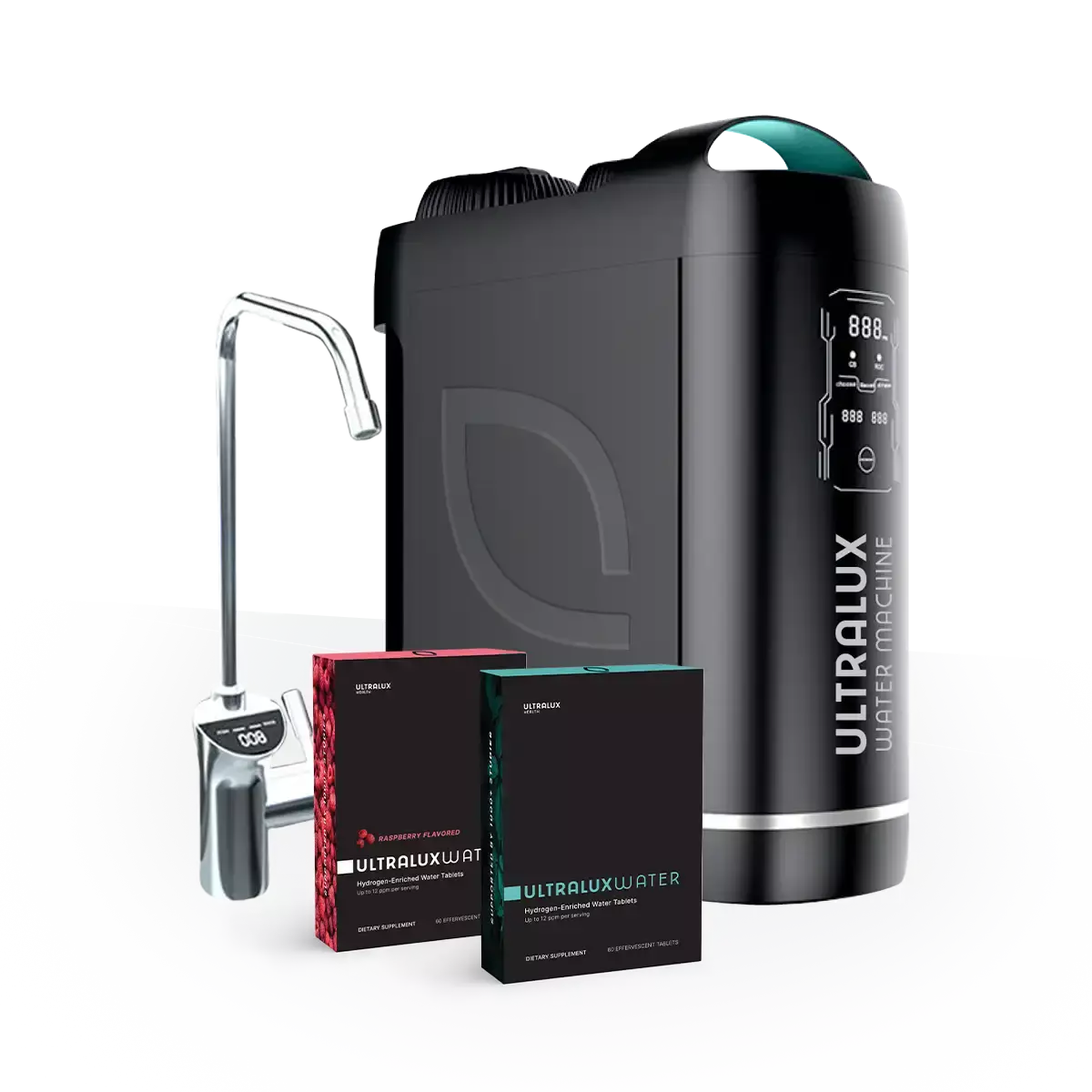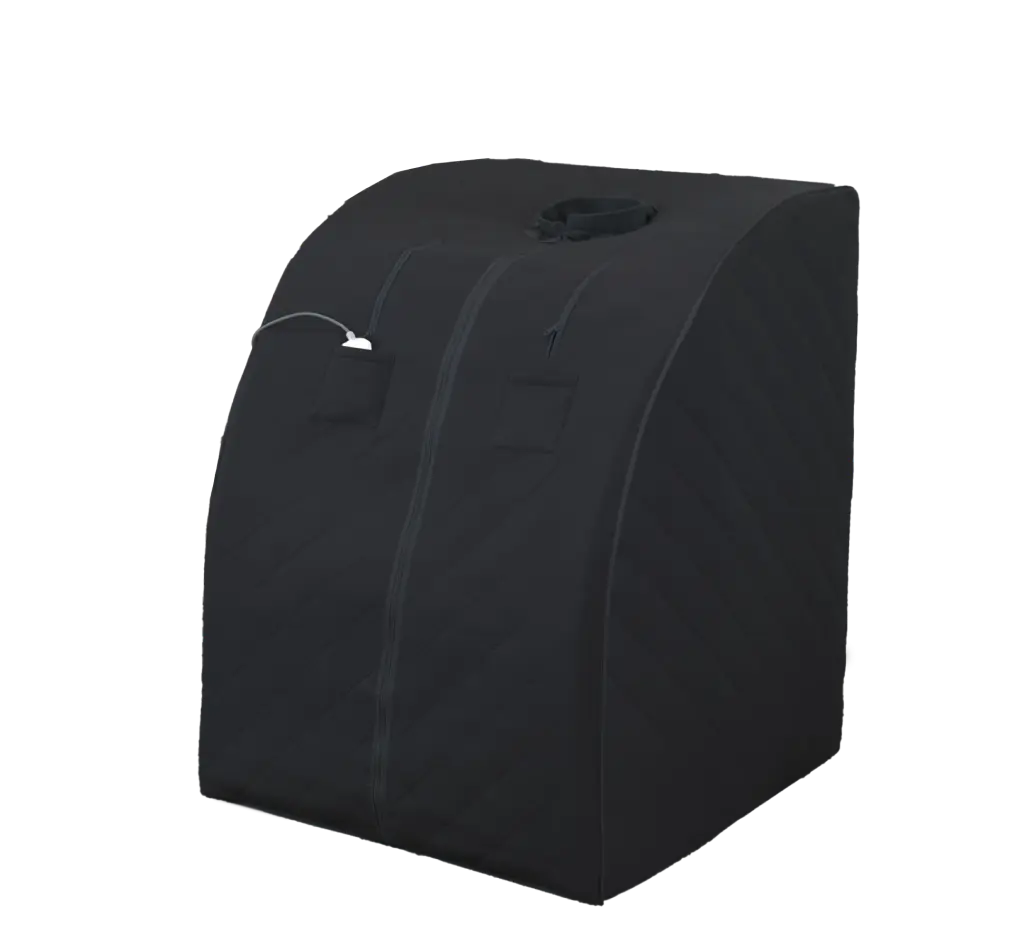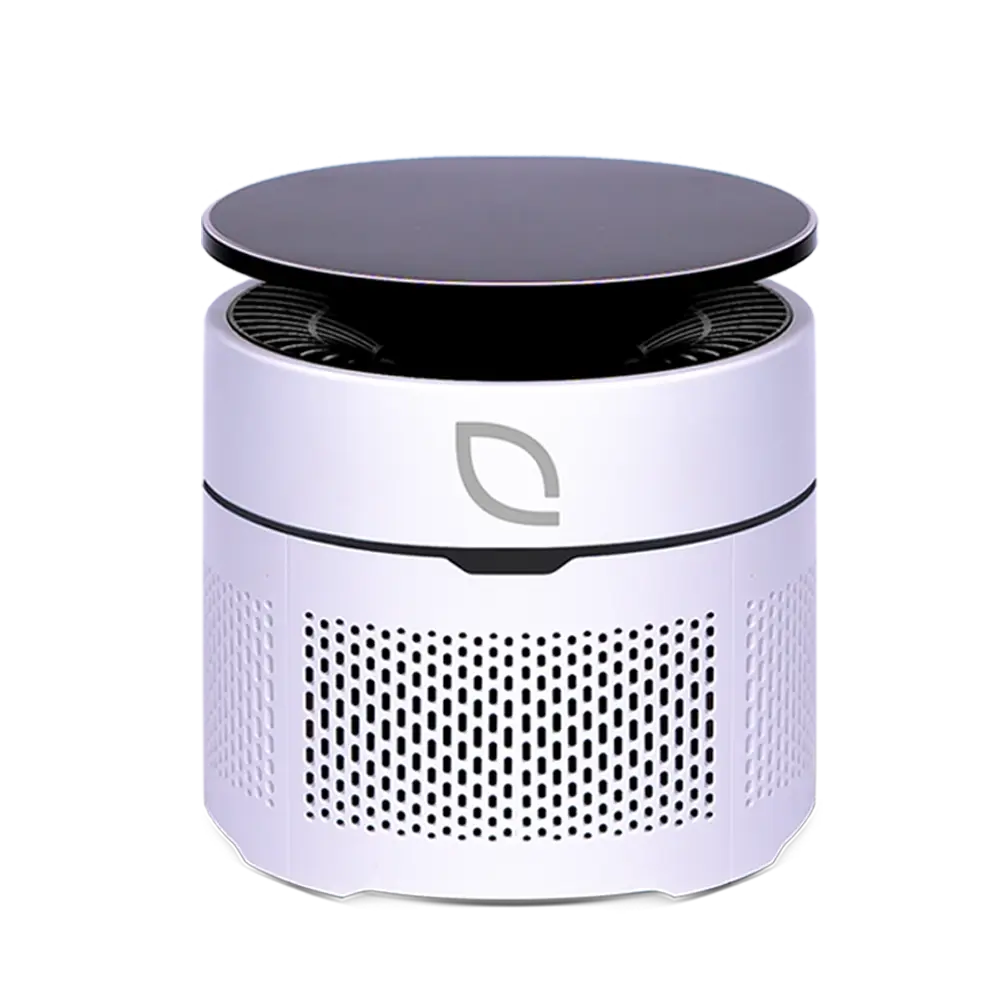
Bleach vs. Hypochlorous Acid: The Difference
When cleaning your home, there are endless disinfectants to choose from. However, some cleaners are more safe and effective than others. Bleach, composed of sodium hypochlorite, is a widely accepted option as a household disinfectant. Right next to it is hypochlorous acid, an effective, less potent acid. The two, hypochlorite (bleach) and hypochlorous acid, come from the same family of chlorine-based disinfectants but possess different mechanisms and antimicrobial properties. So, how are these cleaners different?
Understanding the difference between bleach and hypochlorous acid is vital for successful cleaning, avoiding erosion, maintaining safety, and decreasing environmental damage. Don’t worry about getting lost in research — we’ll compare the two so you don’t have to!
Chemical Composition
The most common type of bleach is sodium hypochlorite, which is a chemical compound consisting of sodium, oxygen, and chlorine (NaClO). Hypochlorite refers to an atom or compound containing the hypochlorite ion, which is a negatively charged ion composed of one chlorine atom and one oxygen atom. It is known for its strong oxidizing properties, which make it effective at removing stains, whitening fabrics, and killing bacteria, viruses, and fungi. It acts as an extremely effective oxidizer and is extremely corrosive.
Although hypochlorous acid comes from the same chlorine family as bleach, they differ in chemical structure. Hypochlorous acid forms when chlorine dissolves in water. Its chemical formula is HOCl, indicating one hydrogen atom, one oxygen atom, and one chlorine atom. It is known for its strong antimicrobial properties, as well as its ability to eliminate microorganisms like bacteria and viruses.
Production Method
The production of bleach (hypochlorite) and hypochlorous acid typically involves the electrolysis of a salt and water solution. Electrolysis uses electricity to split water into hydrogen and oxygen in a chemical reaction. The main process of electrolysis is the interchange of atoms and ions with the removal or addition of electrons.
The reason bleach and hypochlorous acid are completely different products is because they are produced differently. Both have different chemical processes as well as different ingredients or elements. For bleach, the production method is a continuous electrolysis cycle, which involves sodium chloride (NaCl) solution (brine). In this process, chlorine gas is altered at the positively charged electrode, and sodium hydroxide and sodium hypochlorite are produced at the negatively charged electrode.
Conversely, hypochlorous acid is typically generated through the electrolysis of a saline solution, which contains sodium chloride (NaCl) and water. While both processes involve electrolysis and the use of sodium chloride, the concentrations, specific reaction conditions, and separation methods vary between the two. This leads to completely distinct end products. The chemical nature of hypochlorous acid as a weak acid compared to the alkaline nature of bleach contributes to differences in their respective production processes.
pH Balance
pH, or potential of hydrogen, is a measure of the acidity or alkalinity of a solution. It is a scale that ranges from 0 to 14, with 7 considered neutral. It’s important for the pH level of a disinfectant to be balanced, as an unbalanced pH level can mean it is too acidic. Bleach stays at a pH level of 8-13. Hypochlorous acid is present in bleach and then converted into hypochlorite through a higher pH. The germ-killing properties of bleach come from the presence of this hypochlorous acid.
At pH 3-6, the solution is nearly 100% hypochlorous acid. This pH range is what makes hypochlorous acid (HOCI) safer than bleach but still effective because its balance allows for free available chlorine (FAC) properties, which kills most bacteria. Bleach allows for FAC properties too, but because of hypochlorous acid’s (HOCI) neutral pH balance, it can take full advantage of these FAC properties that bleach cannot.
Additionally, because our skin’s natural pH is slightly acidic, using a disinfectant with a neutral pH can help to avoid irritation or the disruption of the skin’s protective barrier. This makes hypochlorous acid a more body-friendly option compared to abrasive disinfectants with extreme pH levels. Hypochlorous acid can be used in a variety of settings, including healthcare, the food industry, and household disinfection, without any of the harmful risks associated with extreme pH.
Disinfecting Strength
Although bleach is strong, it is less effective than hypochlorous acid because it shares negative charges with pathogens. Because bleach has similar charges that repel pathogens, it cannot penetrate pathogen walls.
Hypochlorous acid has a neutral charge, which allows it to penetrate the cell walls of these microorganisms with ease, disrupting the essential functions of these dangerous bacterial organisms. Hypochlorous acid disrupts enzymatic activities and other critical processes within the harmful bacterial cells. This causes these harmful bacteria to lose cell function and eventually die off.
In addition, HOCl is a strong oxidizing agent, meaning it can break down the cell walls of bacteria and disrupt their cellular structures. Hypochlorous acid is 80 times more powerful than bleach when it comes to effectively killing bacteria, fungi, and viruses.
Safety and the Environment
Hypochlorous acid and bleach have different safety profiles. Handling and storage procedures, as well as safety measures, may vary depending on which disinfectant you use. Bleach is a hypochlorite, which is a highly alkalized substance that is corrosive in nature. Bleach can carry extremely toxic fumes such as chlorine gas when exposed to heat or sunlight, making it unsafe to use near children. Because bleach can cause respiratory issues, handling this hypochlorite safely can require many safeguards and special measures.
The neutral pH of hypochlorous acid (HOCI) makes it less irritating to the skin and eyes, reducing the risk of burns, irritation, and respiratory issues that are often associated with bleach. As an added benefit, hypochlorous acid is completely safe to use around children and pets.
Not only is hypochlorous acid safe for your home, it is perfectly safe for the environment. It breaks down into harmless byproducts and does not contribute to the formation of persistent organic pollutants. Conversely, bleach releases chorine-containing compounds and toxic byproducts when reacting to organic materials in water or soil. This can contribute heavily to air pollution and can even cause health problems for those who inhale it. Some of these compounds can have adverse effects on aquatic life and soil ecosystems because they never fully break down.
Superior Cleaning Choice
Hypochlorous acid, with its neutral pH, exhibits no toxicity and no potential for skin and eye irritation compared to the alkaline nature of bleach. In addition, hypochlorous acid’s superior disinfecting power and minimally corrosive properties designate itself as a preferable choice for cleaning. Although bleach is a widely accepted disinfectant, switching to hypochlorous acid is the best alternative if you’re looking for a powerful, natural, nontoxic cleaning solution.
Hypochlorous acid allows for safe and effective cleaning, no matter the mess. It stands out with its superior efficacy, durability, and versatility. Its neutral pH ensures a gentler approach to powerful disinfection, eliminating the risk of toxic inhalation and corrosive bodily contact. Its potent antimicrobial properties, alongside its non-toxic nature, make it a safer choice for your health, your loved one’s health, and the environment.








